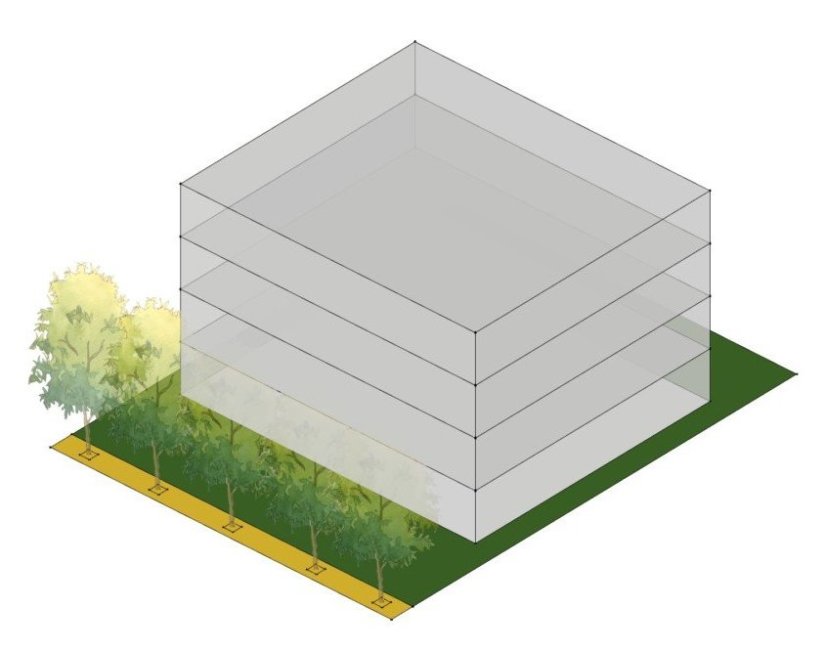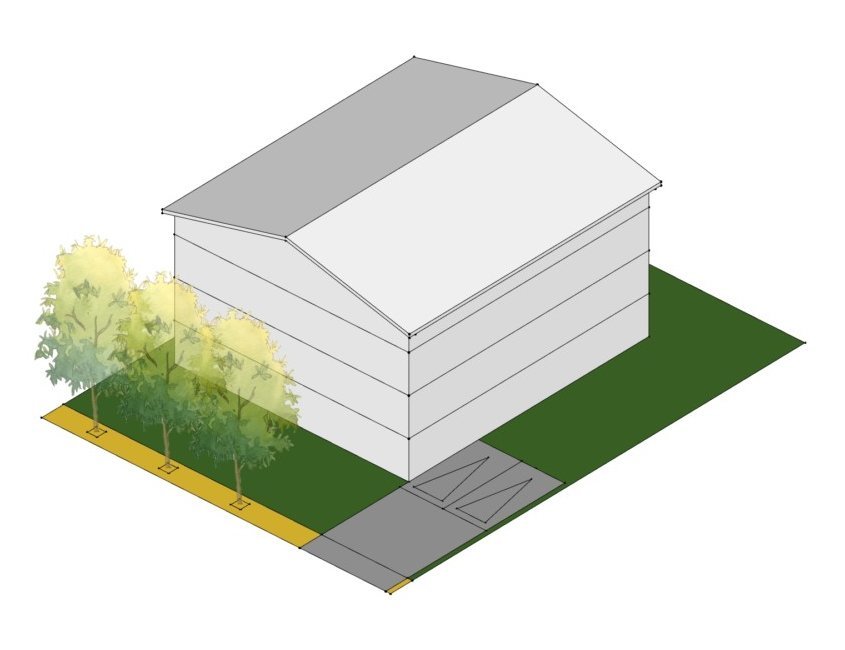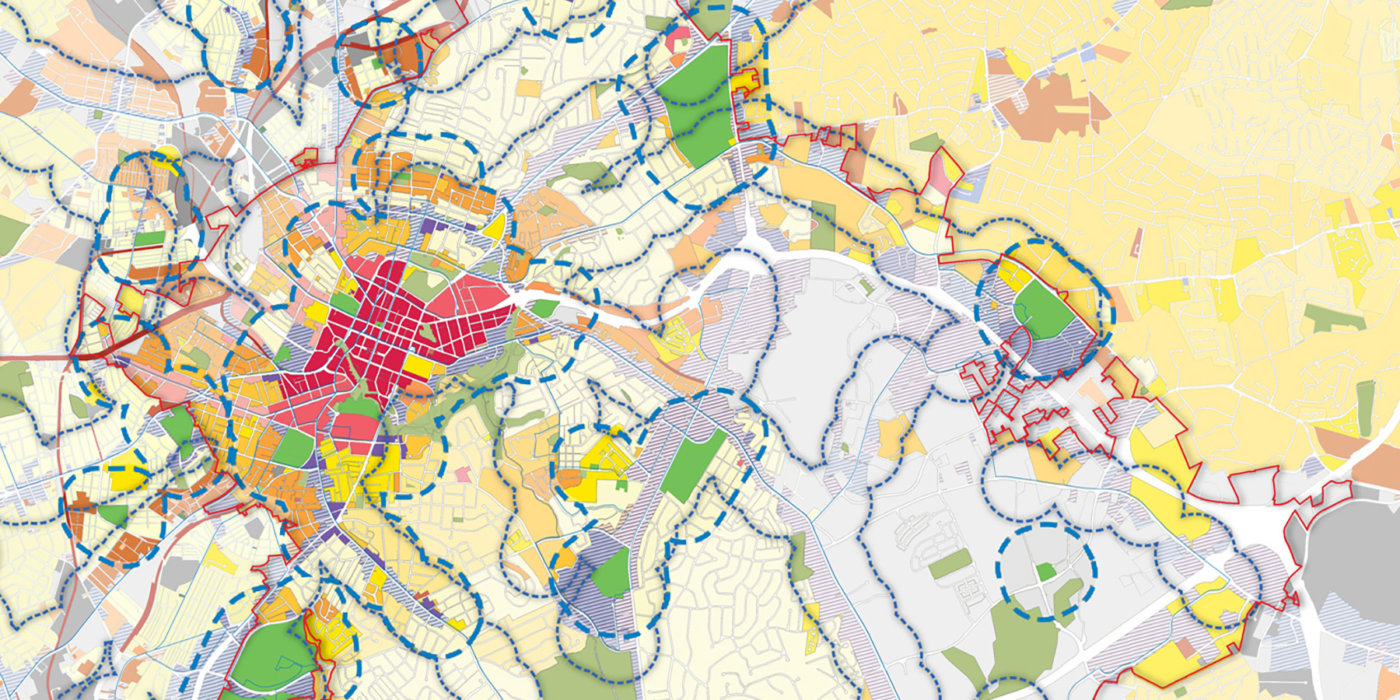-
Size
City: 28 square miles, County: 795 square miles
Countywide Missing Middle Housing Scan + Deep Dive™
Greenville, SC
In 2019, the Greater Greenville Association of Realtors, Upstate Forever, the Greenville Housing Fund, the Greenville Community Foundation and the City of Greenville formed a coalition known as Impact Greenville. The coalition selected Opticos Design, the architects of the Missing Middle Housing movement, to identify existing barriers to Missing Middle Housing (MMH) and propose recommendations to apply to policy and zoning standards. The team at Opticos prepared a two-part study for the City and County of Greenville.
MMH Scan™
Opticos reviewed over thirty documents from the City and County, including Comprehensive Plans and master plans, to identify existing barriers and other limitations to building Missing Middle housing types. Opticos then reviewed the City and County zoning code to understand if and how key standards allow for Missing Middle housing types.
To help the coalition understand where to start, the Opticos team conducted analyses to identify existing walkable environments and the zoning districts that fall into those areas. This step directs users to a starting point in order to develop MMH types more quickly. The Scan concludes with a summary of how existing policies and regulations encourage or discourage MMH, and when allowed, which MMH types fit into existing zoning districts.
MMH Deep Dive™
With the barriers clearly identified, Impact Greenville decided to further examine the issues surrounding housing choice to understand how to identify actionable next steps. The Opticos team tested existing development standards for the zoning districts in walkable environments to compare what the zoning currently allows versus what it yields in actual number of units and building size. The testing followed two scenarios: 1) what is allowed by existing zoning, and 2) what fits the neighborhood.
Impact Greenville now has concrete policy- and zoning-related recommendations to apply to existing standards. With these recommendations in hand, the community can effectively engage in the housing discussion and proactively tackle challenges related to housing affordability and housing choice.
Working with Opticos was not only educational, but the Missing Middle Housing project has allowed us to tackle head on challenges of housing affordability and housing choice here in Greenville, South Carolina. Their services have placed the Greater Greenville Association of Realtors in the center of Greenville’s housing discussion.
— Chris Bailey, GGAR Government Affairs Director



